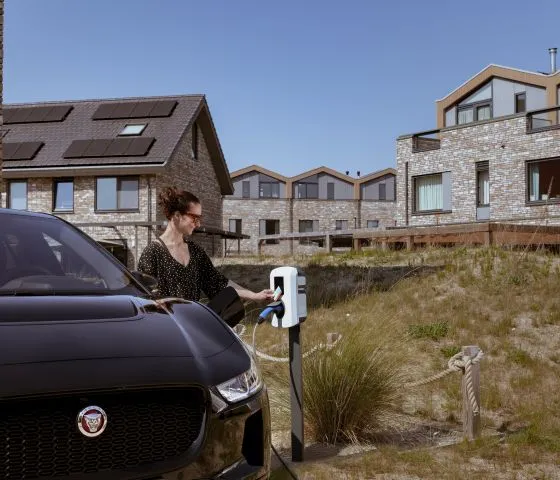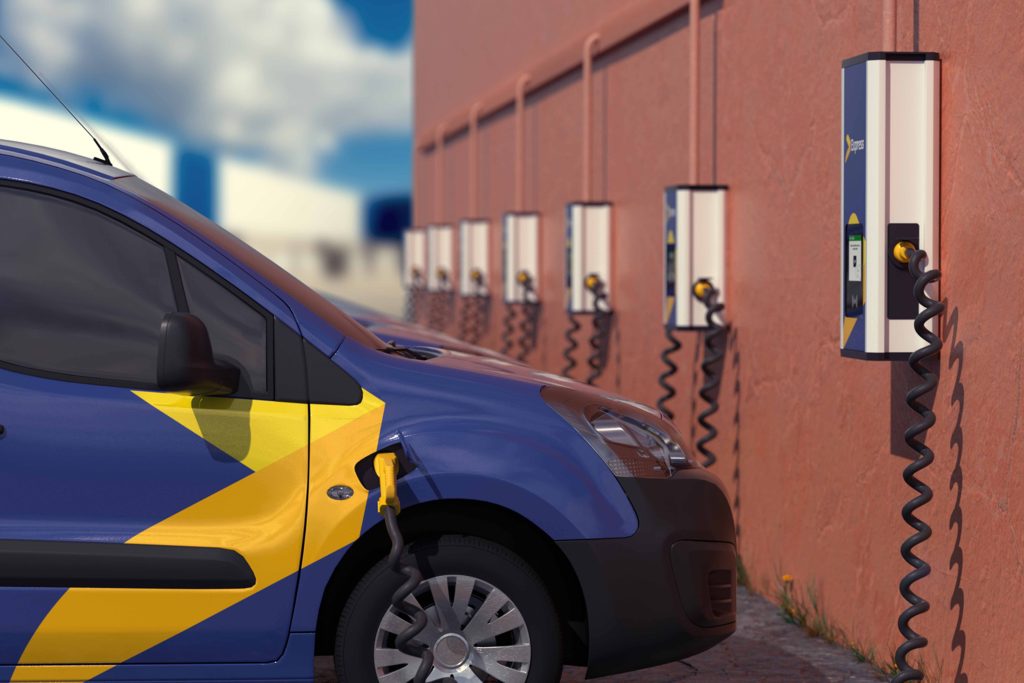Charging equipment for electric road vehicles
Electric driving is the future. To participate in the environmentally friendly story, the necessary charging infrastructure must be provided. That is why more and more efforts are being made to install fixed charging equipment, both by private individuals and companies. Naturally, a number of technical regulations also apply to this.
A charging device contains one or more connection points through which energy is transferred to the electric vehicle. In the case of a permanently connected charging cable, this connection point is located at the end of this cable. In domestic installations, in most cases there will be only one charging device, with one connection point.

Installation instructions
Each connection point must be powered via an exclusively allocated circuit. The protective devices to be installed for this purpose are located in the loading facility, either in the upstream distribution board, or a combination of both. In concrete terms, this concerns:
An individual differential current protection device with a response current of a maximum of 30mA
An individual overcurrent protection device (circuit breaker)
When installing, the expected external influences must also be taken into account. In this respect, collision protection must be provided as soon as there is a reasonable risk of collision.
The manufacturer’s instructions must also always be followed.
CD fault currents
Charging devices appear to be known to generate non-negligible DC fault currents. Naturally, the upstream installation, and more specifically the differential current protection devices, must be able to withstand this. A type A differential current protection device has guaranteed operation up to a maximum of 6mA DC. In the case of larger DC fault currents, there is a chance that it will be made “blind”.

To address this, there are several solutions:
The assigned current path of the connection point is equipped with a residual direct current detection device of 6mA that causes the electrical equipment to switch off;
The assigned current path of the connection point (and any upstream differential current protection devices) is equipped with a type B differential current protection device.
As soon as several charging devices and/or several connection points are provided, the cumulative effect of all possible DC fault currents must be taken into account .
